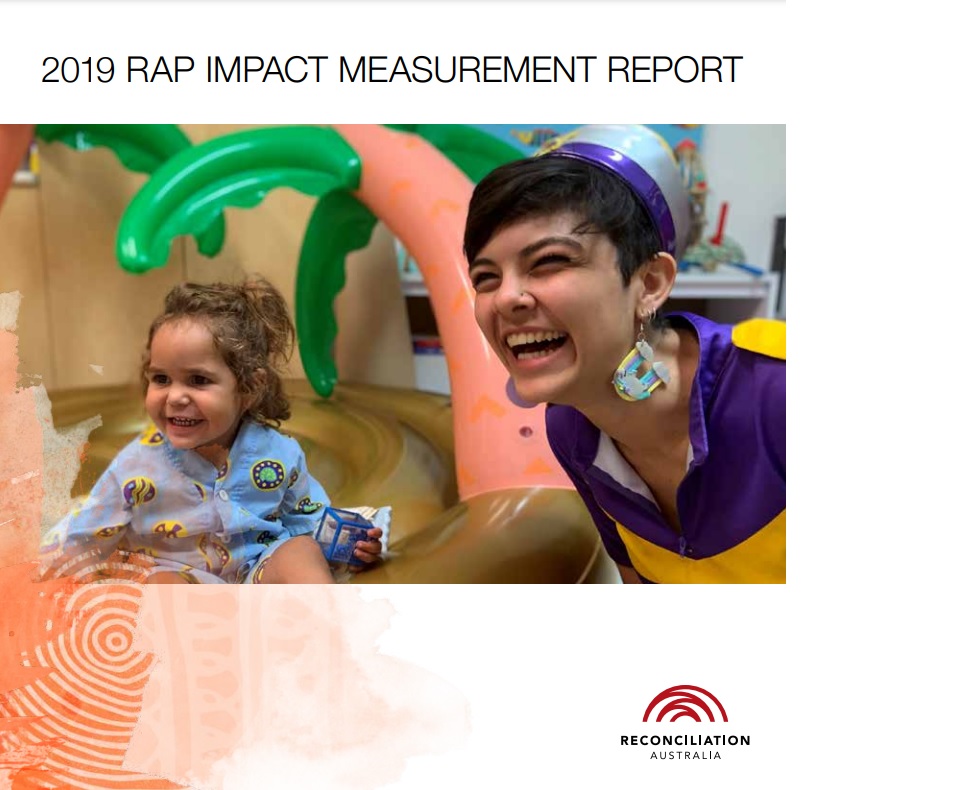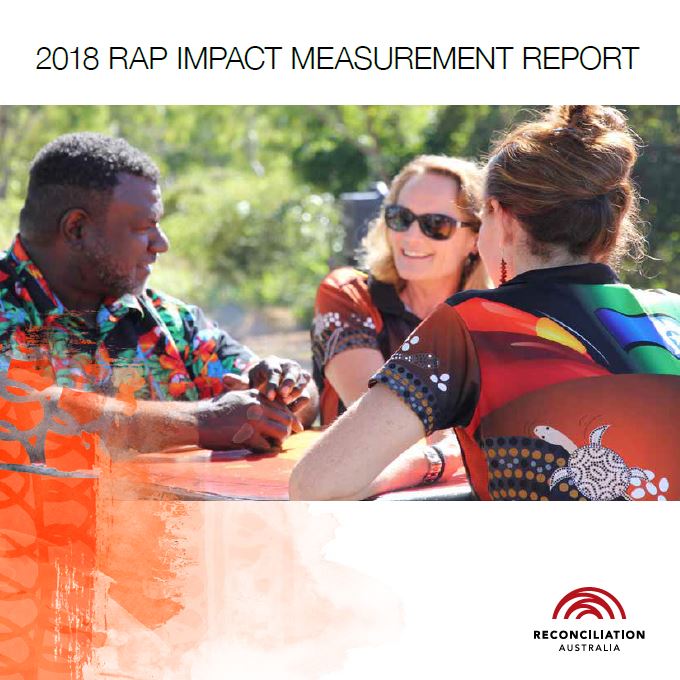Read key research reports from Reconciliation Australia including the Australian Reconciliation Barometer; Workplace RAP Barometer; The State of Reconciliation in Australia Report; and the RAP Impact Measurement Report.
Search

2019 RAP Impact Report
The 2019 RAP Impact Report explores the impact of the RAP community in 2018-19. Over 500 RAP organisations reported in this time as part of the reporting required by all RAP organisations.

2018 Truth-telling Symposium Report
Reconciliation Australia and The Healing Foundation brought together experts from around the country for a Truth Telling Symposium in October 2018 to discuss the ways that truth telling could support healing and reconciliation in Australia.

Local Government Truth-Telling Workshops Report
In 2019, 130 participants from local councils and organisations discussed local government's role in truth-telling. This report highlights these discussions and the importance of local truth-telling.

2018 RAP Impact Report
This report explores the impact of the RAP community during the July 2017 – June 2018 reporting period. For this report, Reconciliation Australia collected data from over 600 RAP organisations through an online questionnaire.

Workplace RAP Barometer 2018
The Workplace RAP Barometer monitors reconciliation initiatives in the workplace.

2018 Australian Reconciliation Barometer
This report shows us that more Australians, both Aboriginal and Torres Strait Islander and other Australians, believe it is possible for us to become united.



